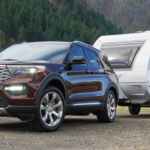Stay safe on the road: learn how to identify and avoid dangerous road rage situations.
Driving can be stressful, especially on crowded highways or during rush hour. Unfortunately, frustration behind the wheel often leads to road rage, a dangerous behavior that endangers everyone on the road.
Knowing how to identify aggressive drivers and safely avoid confrontations can make a critical difference in your driving experience. Here’s what you need to know.
Understanding Road Rage and Its Causes
Road rage is more than just getting angry behind the wheel. It involves aggressive or violent behavior resulting from frustration or anger while driving. Common causes include:
-
Traffic congestion: Long commutes and heavy traffic can easily trigger irritation.
-
Running late: Drivers in a hurry are more likely to engage in risky behaviors.
-
Perceived slights: Simple actions like being cut off or honked at can escalate into dangerous encounters.
-
Stress and fatigue: Emotional distress or physical tiredness can decrease patience and increase aggression.
Recognizing the triggers can help you stay calm and avoid escalating tense situations.
Signs of Aggressive Driving
Identifying road rage early is essential to avoid dangerous confrontations. Keep an eye out for these warning signs:
-
Tailgating: Drivers following you too closely, pressuring you to speed up or change lanes.
-
Excessive Speeding: Swerving through traffic and ignoring speed limits.
-
Aggressive Honking: Using the horn excessively to express frustration.
-
Rude Gestures: Hand signals or yelling aimed at other drivers.
-
Deliberate Obstruction: Blocking other vehicles from changing lanes or merging.
-
Flashing Headlights: Frequently flashing lights to force others to move out of the way.
Recognizing these behaviors early allows you to react calmly and strategically, ensuring your safety.
How to Avoid Dangerous Road Rage Situations
Staying safe on the road requires defensive driving and emotional control. Here’s how to handle aggressive drivers:
1. Stay Calm and Avoid Retaliation
Responding aggressively to another driver’s behavior will only escalate the situation. Avoid making eye contact or engaging with rude gestures. Focus on your own driving and resist the urge to respond with anger.
2. Create Distance
If you notice an aggressive driver tailgating or acting erratically, slow down and allow them to pass. Keeping your distance reduces the likelihood of a dangerous encounter.
3. Use Your Signals and Drive Predictably
Making sudden lane changes or failing to use signals can provoke road rage. Always indicate your intentions clearly and allow other drivers enough time to react.
4. Avoid the Left Lane if You’re Not Passing
Lingering in the left lane can frustrate faster drivers. If you’re not actively passing, stay in the right lanes to maintain a smoother traffic flow.
5. Keep Your Cool During Traffic Jams
Traffic congestion is a major cause of road rage. Instead of getting frustrated, use the time to relax, listen to music, or catch up on a podcast. Staying calm is your best defense against aggressive driving.
6. Call for Help if You Feel Threatened
If another driver is actively threatening you, remain calm, lock your doors, and call 911. Try to get the vehicle’s license plate number and provide authorities with a clear description of the vehicle and driver.
What to Do If You Encounter a Road Rage Situation
Despite your best efforts, you may still encounter aggressive drivers. Here’s how to safely navigate a dangerous situation:
-
Don’t Stop Your Vehicle: Avoid pulling over or stopping unless absolutely necessary. Staying in motion makes it harder for an aggressive driver to corner or confront you.
-
Find a Safe Place: If the other driver is following you, drive to a well-lit, populated area, such as a gas station or police station.
-
Avoid Your Home: Never drive directly home if you feel threatened. The last thing you want is for a dangerous driver to know your address.
-
Document the Incident: If possible, use your phone to record the aggressive driver’s actions without putting yourself in danger.
-
Report to Authorities: Always report dangerous driving incidents to the police, providing as much information as possible.
Vehicles With Advanced Safety Features Can Help
Driving a car equipped with advanced safety features can make a big difference when dealing with road rage situations. Here are some recommended vehicles with effective safety technologies:
-
Honda Accord (Price range: $28,000 – $38,000): Equipped with Honda Sensing Suite, which includes lane-keeping assist, adaptive cruise control, and collision mitigation braking.
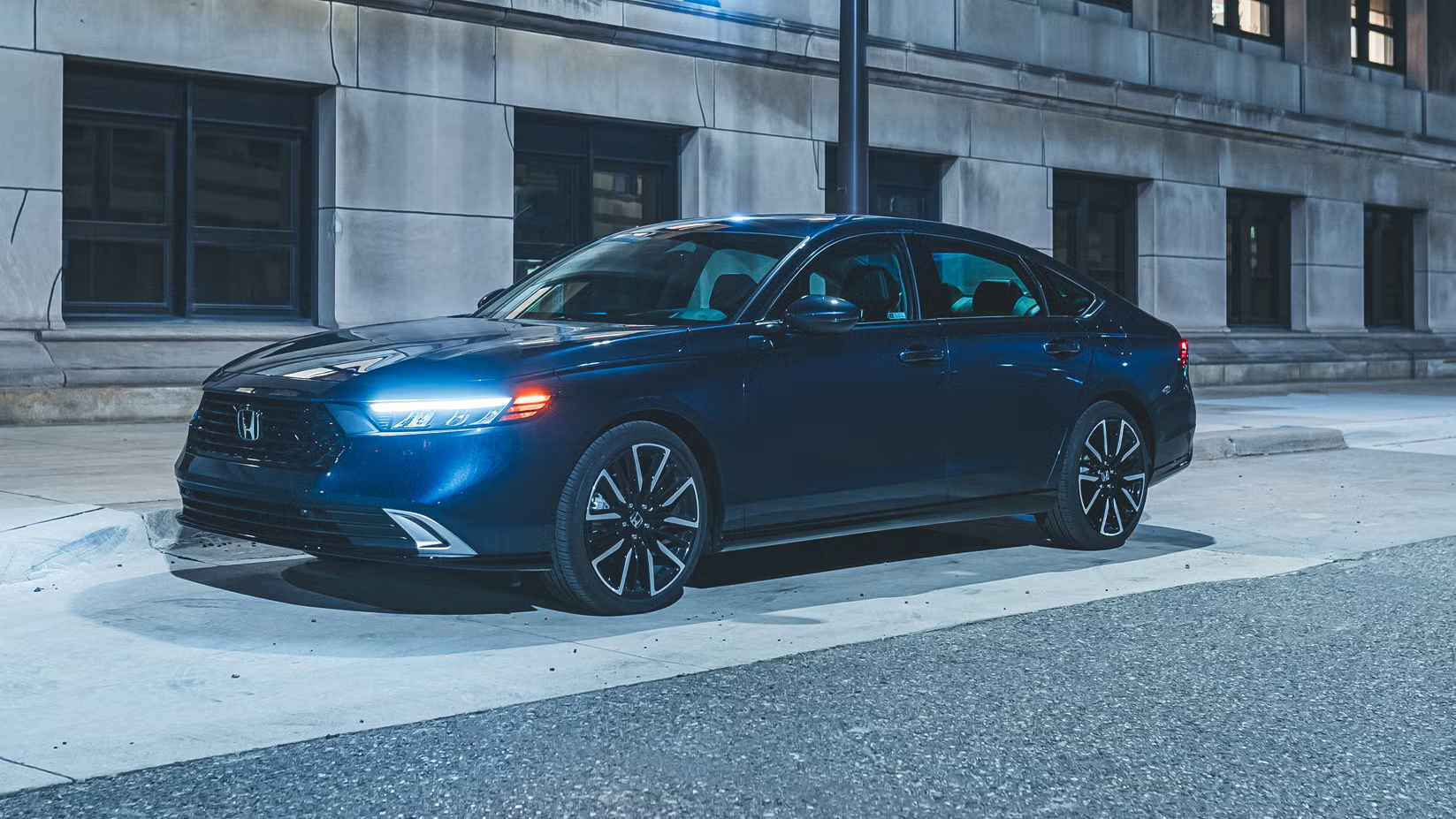
-
Subaru Outback (Price range: $30,000 – $42,000): Features EyeSight Driver Assist Technology, offering adaptive cruise control and pre-collision braking.
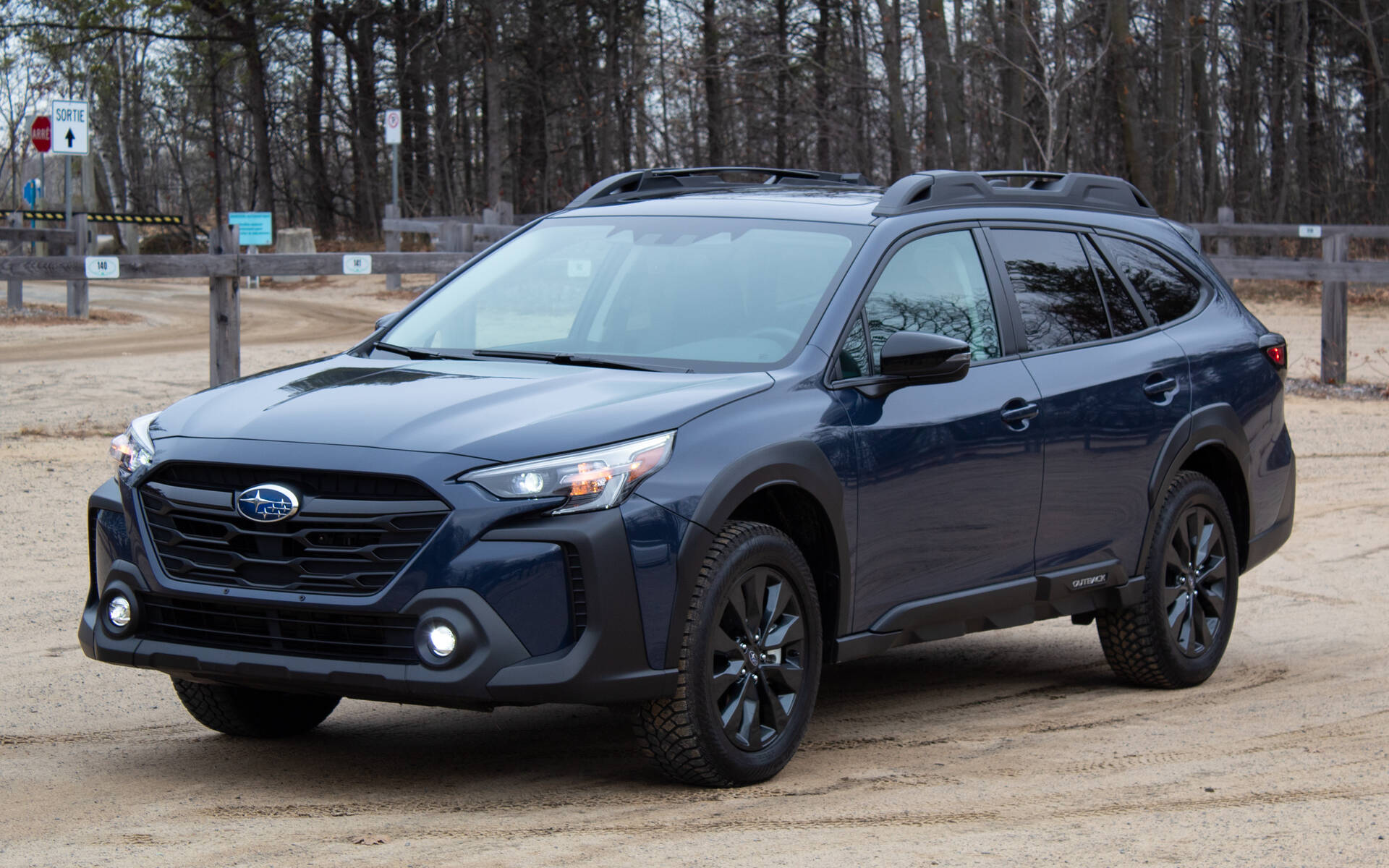
-
Toyota RAV4 (Price range: $29,000 – $38,000): Includes Toyota Safety Sense, with lane departure alert, automatic high beams, and dynamic radar cruise control.
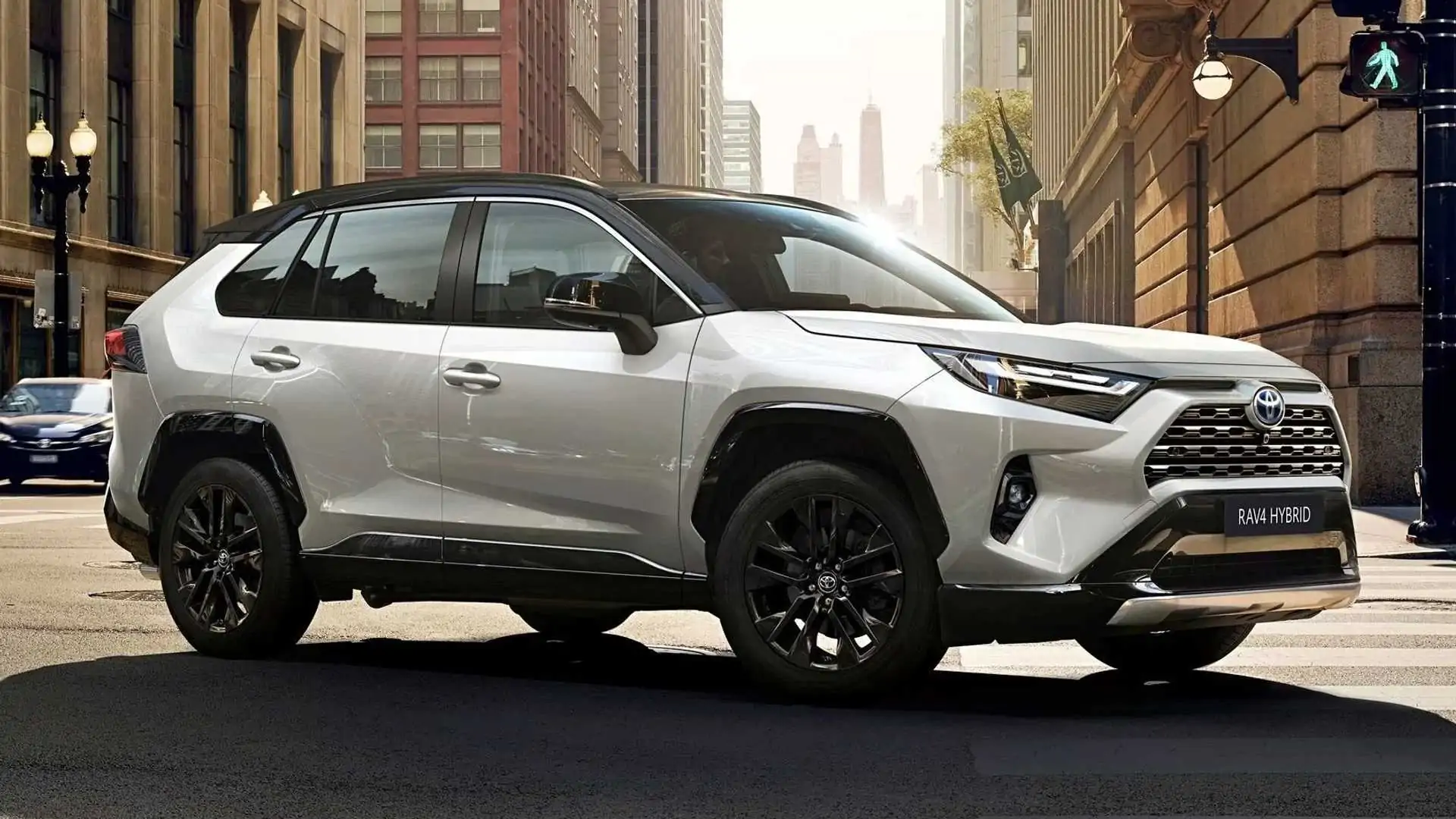
-
Tesla Model Y (Price range: $52,000 – $72,000): Provides Autopilot features, including lane centering and traffic-aware cruise control.
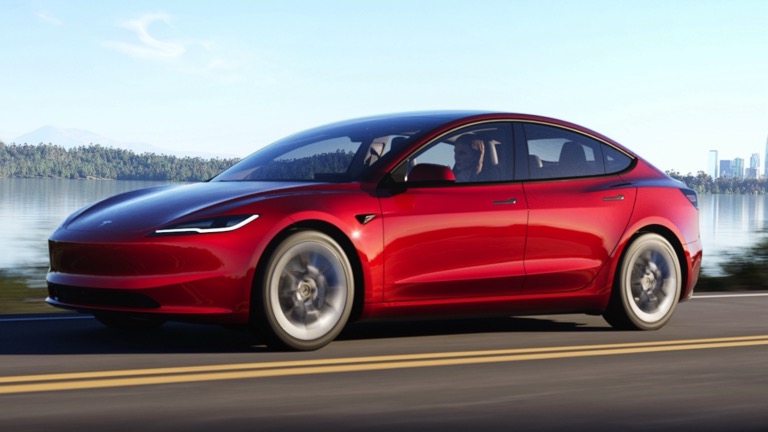
Investing in a vehicle with top-tier safety systems can enhance your peace of mind and help prevent potential road rage encounters.
Why Staying Calm Matters
Remaining calm and collected on the road is your greatest asset in avoiding dangerous situations. Road rage often occurs due to poor communication, stress, or simple misunderstandings. By choosing to drive defensively and courteously, you significantly reduce the risk of becoming a target.
Being mindful of your own reactions is just as important as identifying aggressive drivers. If you feel your frustration rising, take deep breaths, focus on your own driving, and remind yourself that arriving safely is all that truly matters.

